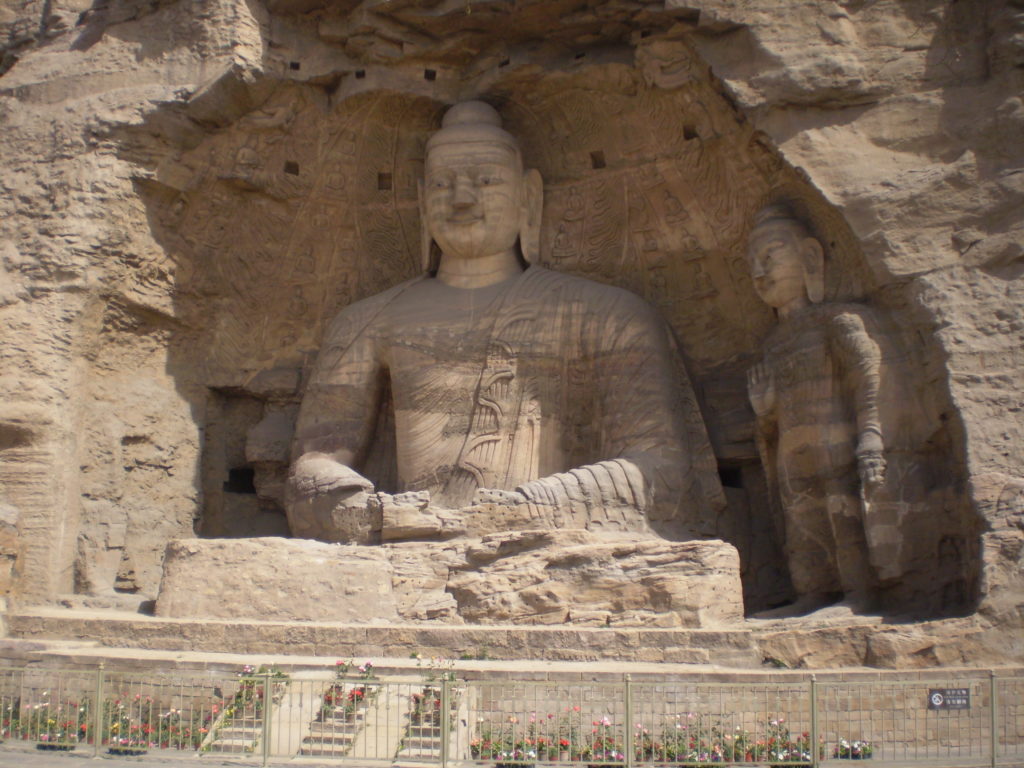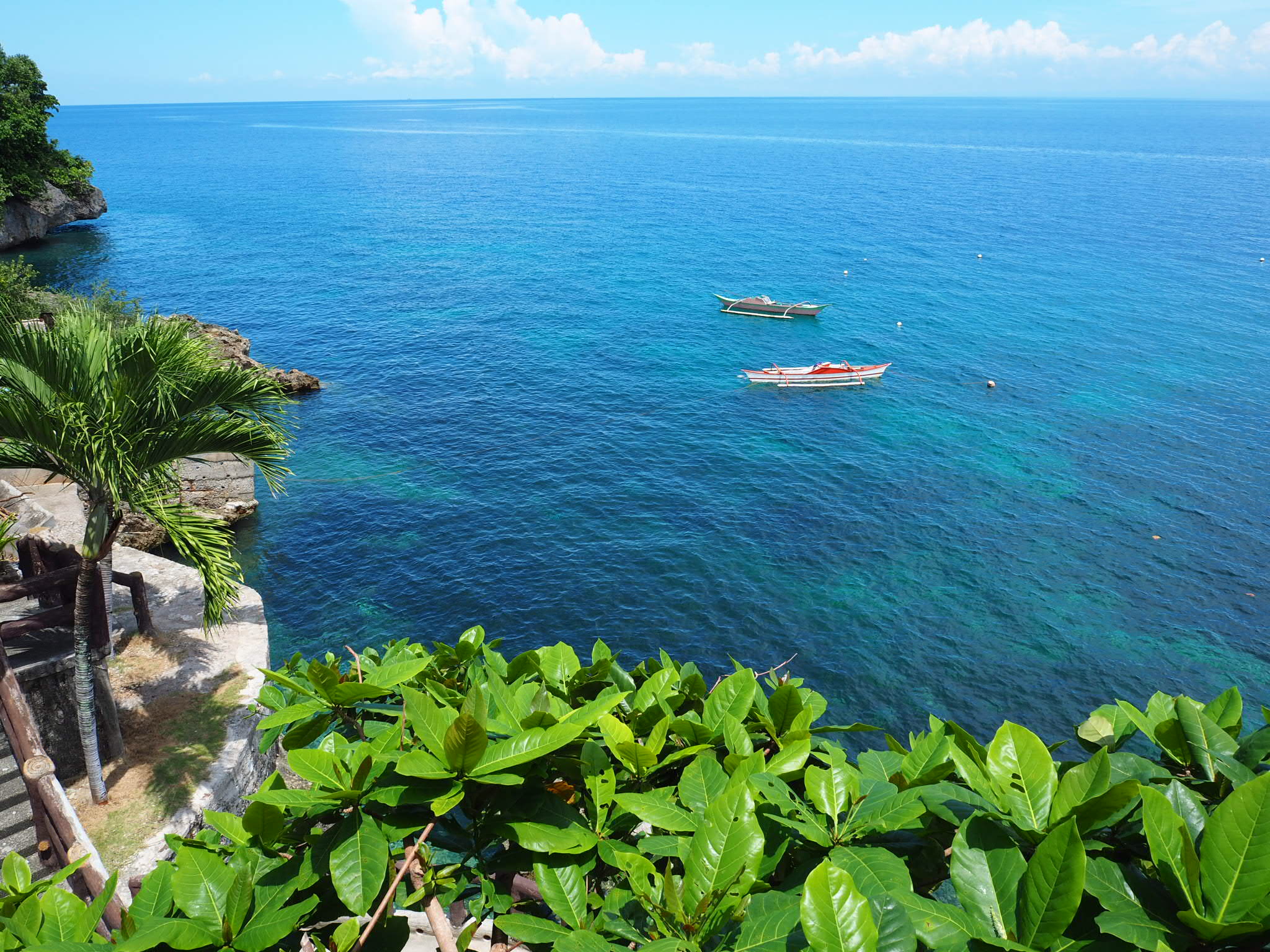Situated along Chinas coal belt and filled with socialist-era architecture, Datong is a destination skipped over by travellers as the head from Pingyao to Beijing, or vice versa. Granted the town itself doesn’t have a huge number of sights, but it makes a great base to explore the many attractions on the outskirts.
As in the majority of Chinese cities Datong boasts its own old town. However what makes Datongs old town especially unique is that it is not particularly old. The majority of it has been restored and rebuilt over the last few years. With plenty of alleys to explore and meander through as you play avoid the tourists, this is the perfect place to find a quite table to relax and plan the next few days of travelling.
Just 30 minutes from the city centre, the Yungang caves stands proudly as one of Chinas most important historical sites. A complex filled with over 51,000 ancient statues, this is a must for anyone keen to learn about Chinas rich and diverse history. Work began in AD460 and was completed 60 years later. During this time the silk road was at the height of it trade and cultural prowess, creating a network of cultural influence that the world would never see again. These influences would be permanently preserved in the Yungang caves. Due to the sheer number, each cave is unique and individual in its own right. However cave 5 and 6 are particularly stunning, due an outstanding effigy of Sakayamuni at 17 metres tall in the former and design that would not look out of place in an Indiana Jones movie in the latter.
Datong is not just about caves, a little further outside the city it is possible to walk on one of the earliest parts of the great wall. It is not as glamorous as Mutianyu, Jinshanling or Gubeikou in Beijing, but glamour is not the reason for coming. This is an opportunity to interact and be at one with the ‘wild wall,’ something many travellers want but few get to experience. The best place to do this is Deshengbao 得胜堡, a fort located 1 hour by bus, followed by a 1km walk from the Datong. Built in the 16th century the north and south walls of the fort are standing parts of the wall. Walking through the village you can see many of the great wall bricks taking on a new role as part of peoples homes. Head out of the north gate for the best views of the wild wall and indulge in a sight few get to experience. If you want to camp bring a tent, but be aware that the rules on camping can change frequently. If you are serious about camping check with your hostel in Datong first, they will have the most up to date information.
Building a monastery into the side of cliff may seem like a ridiculous notion to many, but not in China. Located 2 hours from Datong the hanging monastery (悬空寺) needs to be seen to believed. Towering 50 meters above the earth balancing precariously on huge wooden stilts the hanging monastery is one of Shanxi’s most popular tourist destinations. Offering stunning views, this site does get crowded during the summer months, so try and get here early to avoid the crowds.
Datong is a place that has been overlooked too often by travellers. Don’t follow the well trodden path and take a left turn to experience one of Chinas most mesmerising and sadly often overlooked locations.

